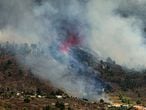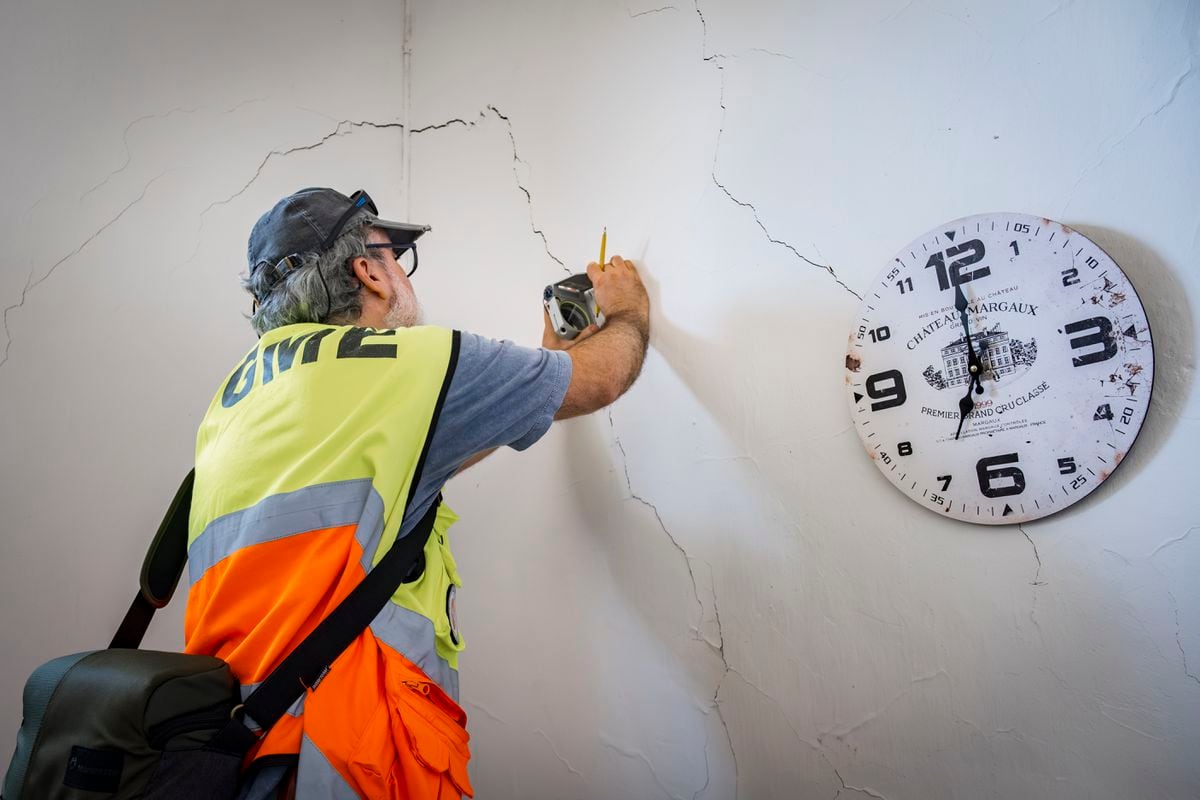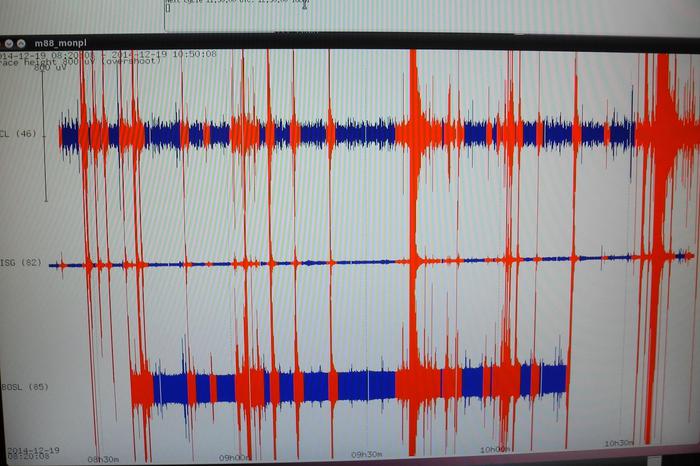Barely a week has passed since this seismic crisis began until it finally had the denouement with the eruptive phenomenon on the island of La Palma.
As has been remembered these days, the Canary archipelago is of volcanic origin and the activity is still alive under its islands, so it is natural to expect that from time to time its inhabitants experience an eruption like the one today.
More information
Latest news, live
The volcano erupts on La Palma
Why was an eruption expected?
On September 11, a series of earthquakes concentrated in the southwest area of the island of La Palma began that scientists linked to the possibility that magma existed under the surface pushing that could end up causing an eruption.
This seismic swarm was located closer and closer to the surface: earthquakes went from occurring at 20 kilometers deep to registering at about 100 meters in just the last two days.
This behavior of the phenomenon led to believe that it was magma generating ruptures on its way to the outside.
In addition, the island had bulged up to 15 centimeters this morning, another sign of the existence of that magma.
Why has it happened now?
In October 1971, 50 years ago, the last eruption took place on La Palma, with the Teneguía, which was also the last terrestrial eruption in Spain.
Since then, seismovolcanic activity had remained quiet until a revival in 2017, with several seismic swarms in subsequent years, but not as energetic as this week.
All that telluric force, together with the sudden deformation of the ground, heralded that eruption.
How many earthquakes have preceded the eruption?
According to the National Geographic Institute, in this seismic swarm almost 7,000 tremors have been registered, of little magnitude and intensity until Sunday morning.
The current seismic phenomenon has been "very energetic" and was releasing more energy in a few days than that caused by the submarine eruption of El Hierro in 2011 over two months, as explained by the director of the IGN in the Canary Islands, María José Blanco.
Why has it happened in that area?
The island of La Palma is very young, in geological terms, barely two million years old, although it began to form under the sea four million years ago.
But the island has two very clearly differentiated parts: the north, older and more solid, compared to the south, younger and still in formation.
The magma continues to expand the island in the southern part.
In fact, all the last volcanoes that have arisen in the last centuries have occurred in that area, such as San Juan in 1949 or Teneguía.
Why is there not a single volcano?
Eruptions in the Canary Islands are usually fissile, that is, they break like a crack with different points through which lava, gases and other materials emanate. David Calvo, from Involcan, explains that these eruptions are called "cluster". "We have reached eight, for now, but more may emerge in the next few hours, while others are fading," he says. The normal thing is that more explosive mouths appear, generally aligned, but that when entering a mature phase of the eruption, some of these fissures will lose energy and become plugged, concentrating all the lava emission force in one point. "This happened in Teneguía, which first opened several eruptive mouths and then concentrated on one, which even covered the others," adds Calvo. Something similar also happened even in the underwater eruption of El Hierro,where the measurements and the submarines were able to show a row with at least three cones through which the materials emanated.
Why did scientists know that the eruption would occur at that point?
The scientific community had different stations installed there for years by organizations such as the IGN, the Geological and Mining Institute (IGME), the Canarian universities and the Canarian Volcanological Institute (Involcan). All these means made it possible to perfectly locate the phenomenon, which was concentrated at that point, both the seismic swarm and the deformation of the ground. In addition, in recent days a team with more scientists, instruments and other devices had been deployed. The deformation of the terrain, for example, was calculated thanks to the fixed stations, but also thanks to the observations provided by the Copernicus program of observation satellites of the European Union. What's more,A plane requested by the Government of the Canary Islands had traveled to the Ministry for Ecological Transition to monitor and follow up the volcanic activity. The IGME had deployed drones and also from the sky the Involcan was studying the area of the tremors from a helicopter.
How long can the rash last?
You can't know for sure.
The historical antecedents and the volcanology of the area indicate that this eruptive phenomenon could last several days, even weeks, as happened with the recent volcanoes of Tagoro, in El Hierro, and in Teneguía.
However, at the moment it is too early to know the dynamics that this eruption is going to follow, the energy that could be released by the different fissures that have opened in the ground and the amount of cubic meters of magma that push to get out of the ground. Exterior.
You can write to
javier@esmateria.com
and follow
MATERIA
on
,
and
, or sign up here to receive
our weekly newsletter
.








